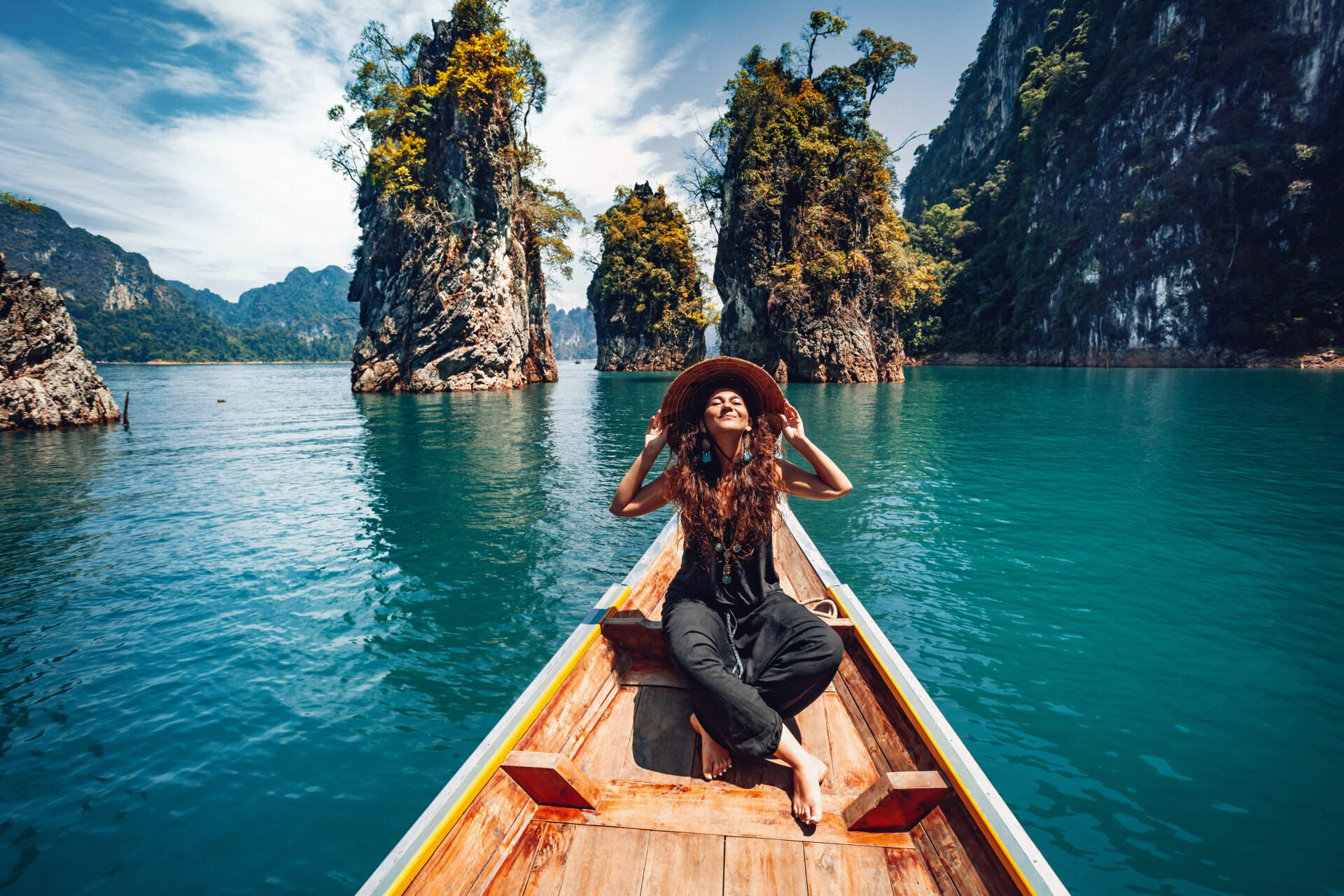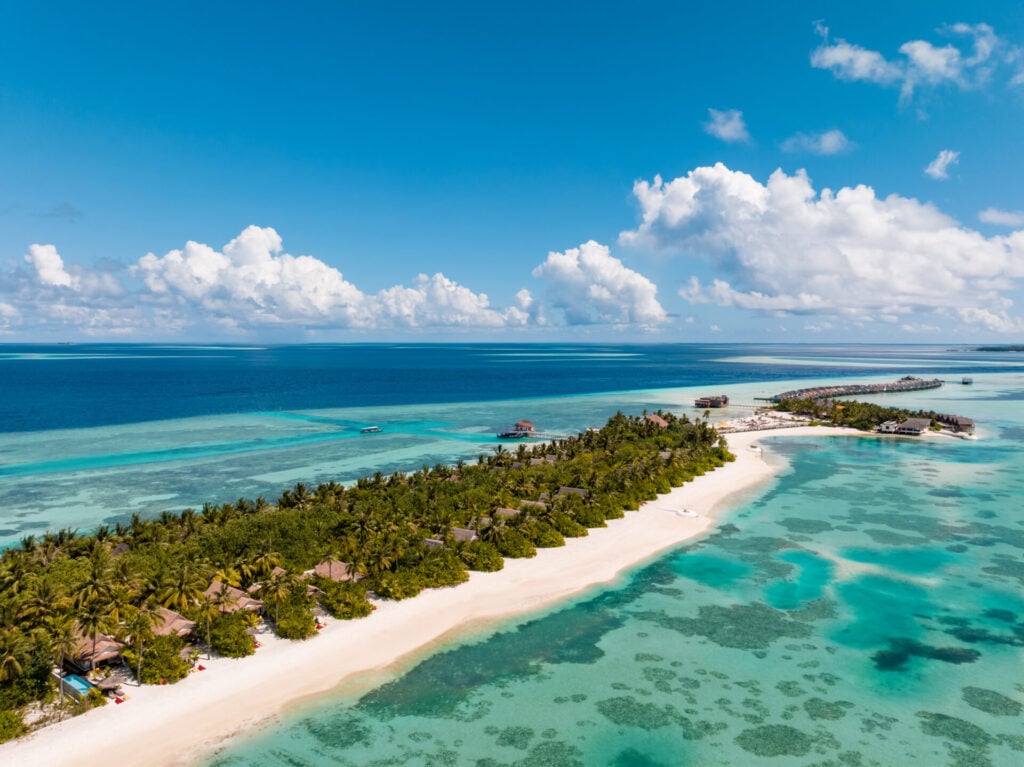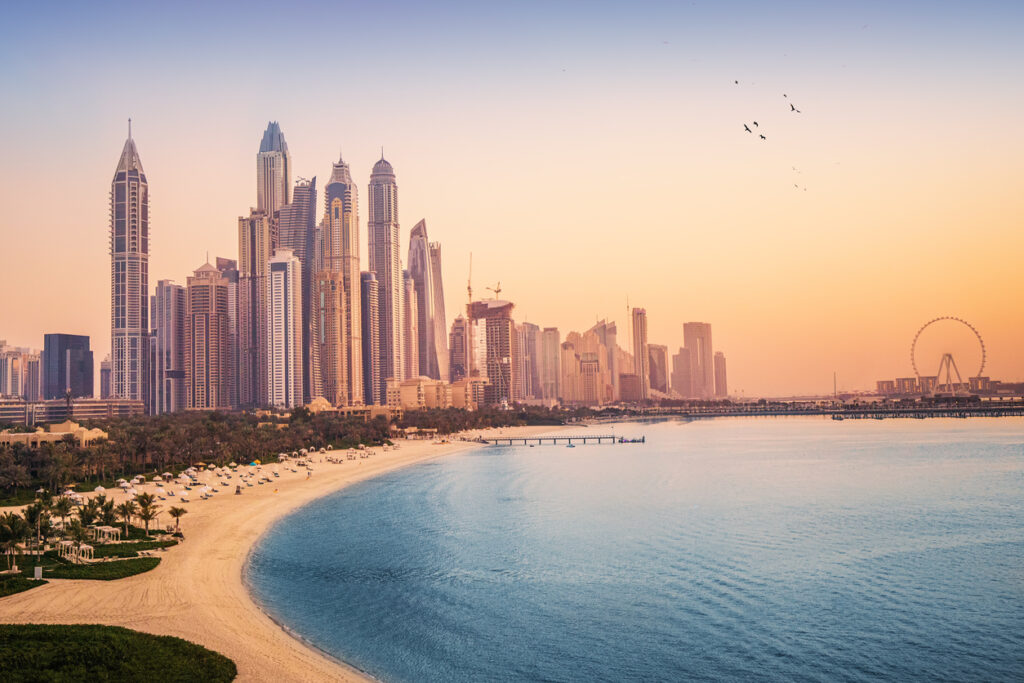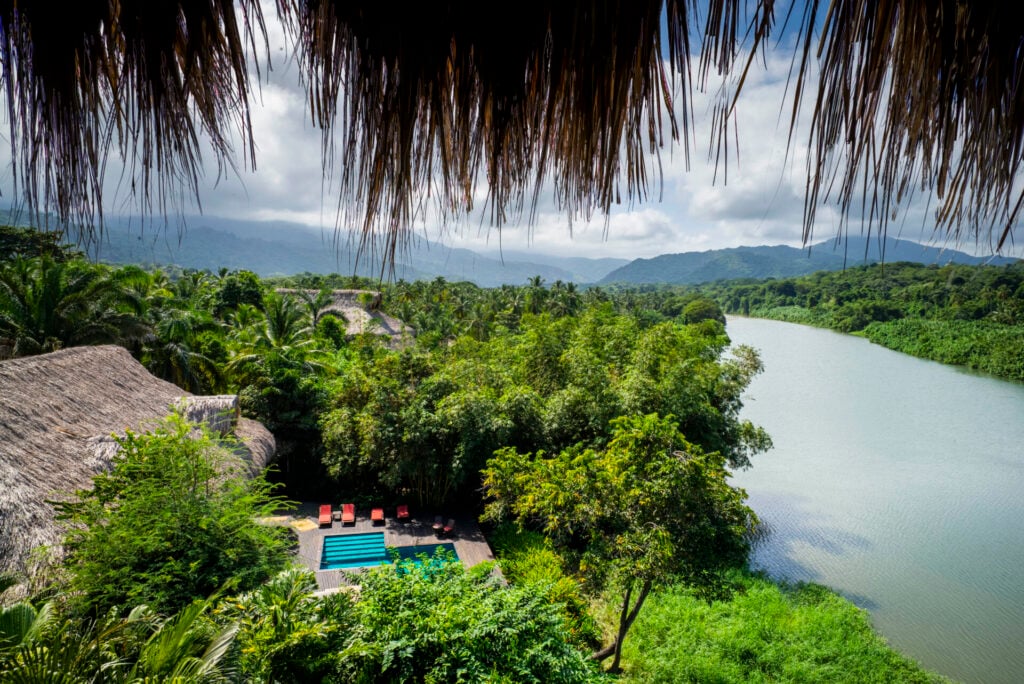For decades, the privilege of travel was defined by how far you could go, how fast you could get there, and how lavishly you could stay. Today, a different currency is taking hold: impact. The new luxury lies in journeys that leave the lightest trace. Whether that means trading a flight for a train, choosing a hotel that powers itself on the sun, or spending part of your holiday restoring a coral reef, conscious travellers – in particular Gen Y – are rewriting the rules.
According to Allied Market Research, the global ecotourism market was worth $210.4 billion in 2023. With an impressive 11.7 per cent CAGR from 2024 to 2035, and it is estimated to reach $829.8 billion.
Consciousness Beyond Borders
One of the most important aspects of eco-travel is the recognition that environmental and social issues are interconnected. Just as unsustainable tourism can harm ecosystems, it can also place workers and residents at risk. The climate crisis is a reminder that these challenges are not confined to one place — they are global in scale.
Take, for example, the increase in extreme weather events. As NASA notes, human activity is driving greenhouse gas emissions that cause climate change, leading to more severe storms and unpredictable conditions worldwide. In Cleveland, March 2025 brought extreme weather that resulted in damage and even accidents, with local news outlets reporting multiple tornadoes.
When environmental risks translate into safety risks, the conversation inevitably shifts to accountability and justice. In the U.S., for example, injured individuals may turn to legal experts to navigate complex claims. According to Piscitelli Law Firm, Cleveland injury lawyers can guide clients through filing claims, negotiating with insurance companies, and seeking compensation, ensuring their rights are protected when climate impacts intersect with human safety.
The Future of Eco-Travel
With this broader picture in mind, the question for travellers becomes clear: how can we explore the world in ways that reduce harm, support resilience, and even leave places better than we found them? From solar-powered stays to the renaissance of rail, here are seven ways eco-travel is redefining how we see the world.
1. Eco-Lodges That Give Back
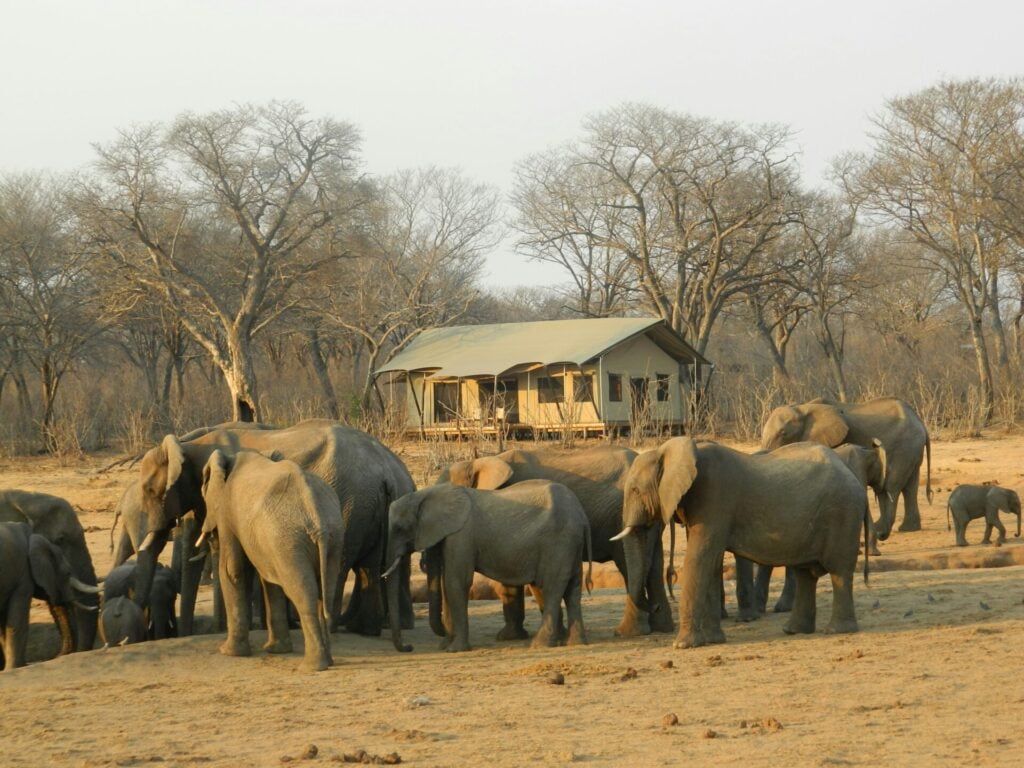
Gone are the days when eco-lodges meant roughing it. Today’s sustainable retreats combine barefoot luxury with regenerative practices. In Costa Rica, solar panels power jungle hideaways where guests wake to birdsong instead of generators. Across Africa, community-run safari camps channel profits directly back into conservation and education.
For conscious travellers, the appeal lies not just in the scenery but in the positive footprint left behind. Staying at an eco-lodge often means supporting reforestation projects, wildlife protection and fair employment for local communities proof that where you check in can make a world of difference.
2. Trains Over Planes
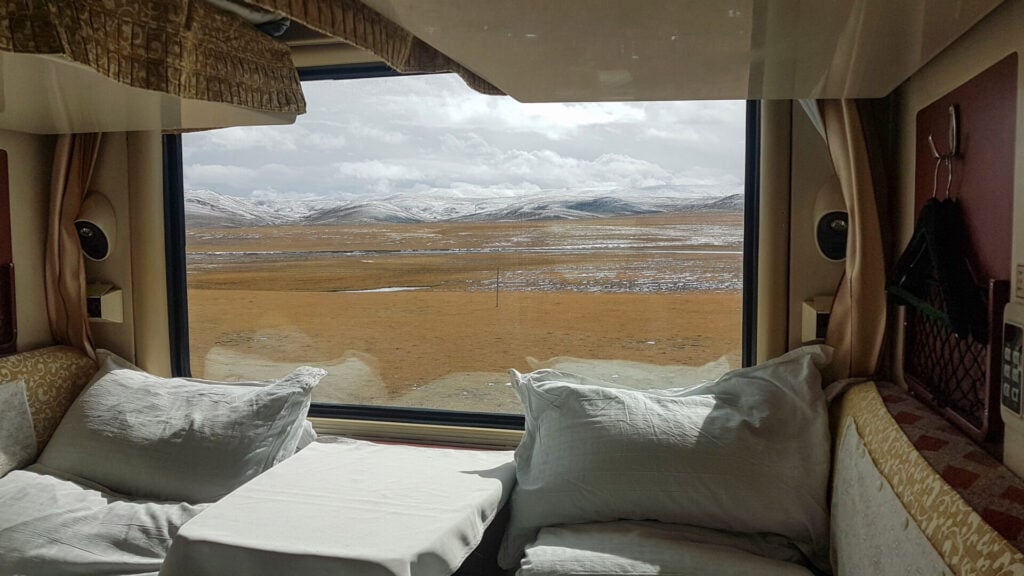
Once considered old-fashioned, sleeper trains are enjoying a renaissance. Routes like the Paris–Vienna Nightjet or the new Madrid–Lisbon connection offer a slower, more scenic alternative to short-haul flights. Travellers can dine, sleep and wake up in a new country all while generating a fraction of the emissions of flying.
For those measuring their carbon budgets, rail travel is an easy win. It’s not just lower emissions, but also the chance to embrace the romance of the journey itself: no airport queues, no turbulence, just time to watch the world unfold through your window.
3. Eco-Cruising

Cruises have long been criticised for their environmental toll, but the industry is evolving. Hybrid-powered ships, LNG fuel and advanced waste treatment systems are making voyages cleaner and greener. Expedition cruises in places like the Arctic now operate with strict sustainability guidelines, from limiting passenger numbers to banning single-use plastics onboard.
The draw for travellers? Seeing remote corners of the world — icebergs, fjords, wildlife habitats — without being part of the problem. As technology advances, eco-cruising could become a benchmark for responsible adventure.
4. Regenerative Tourism
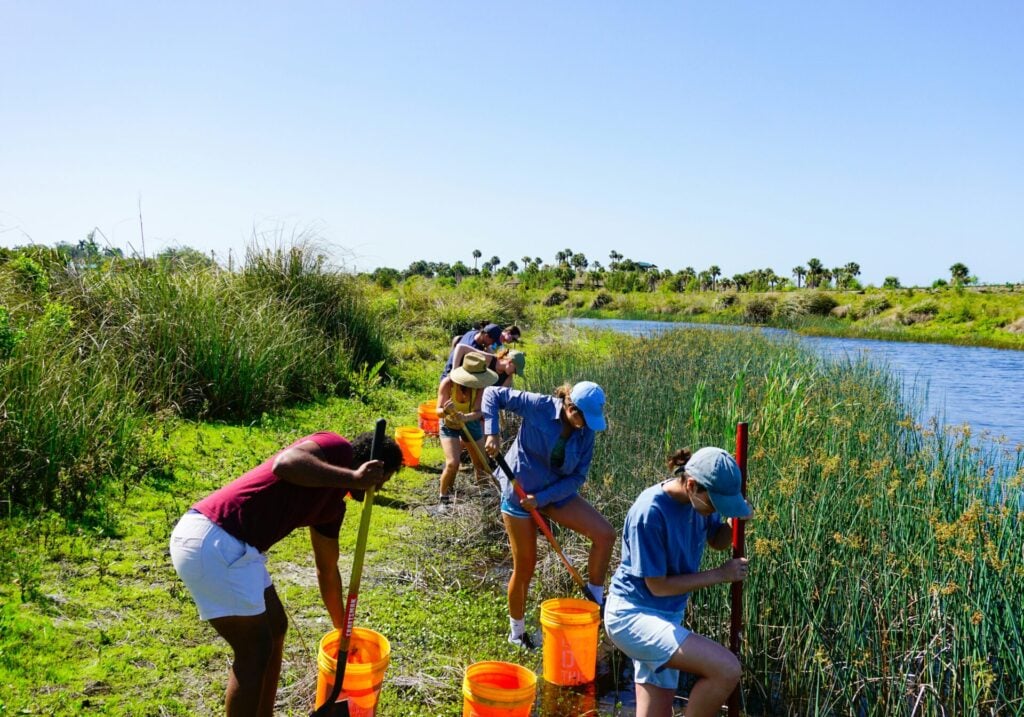
Eco-tourism focuses on minimising harm, but regenerative tourism goes a step further: leaving places better than you found them. In New Zealand, travellers can join beach clean-ups led by local iwi (tribes). In Indonesia, divers spend part of their trip helping restore coral reefs.
It’s about shifting from passive observer to active participant. For conscious travellers, these experiences are deeply rewarding: they transform a holiday into a chance to contribute, connect and create lasting impact.
5. Greener Flights

Flying is still the elephant in the departure lounge, but even aviation is adapting. Airlines are experimenting with sustainable aviation fuel (SAF), made from waste oils and agricultural byproducts, which can cut emissions by up to 80 per cent. Airbus is trialling hydrogen-powered aircraft, while carbon offsetting is becoming a standard booking add-on.
For long-haul journeys where flying is unavoidable, these innovations give travellers the chance to reduce their impact. Choosing airlines investing in SAF or offsetting schemes helps push the industry towards a cleaner horizon.
6. Wildlife Experiences With Purpose

Wildlife tourism is being reimagined. Gone are the days of elephant rides or dolphin shows; today, ethical wildlife encounters focus on education and conservation. In Kenya, sanctuaries rehabilitate orphaned elephants for release back into the wild. In Iceland, whale-watching tours partner with scientists to support marine research.
The joy of seeing animals in their natural habitats is amplified when you know your ticket is funding protection rather than exploitation. Conscious travel means choosing experiences that safeguard biodiversity instead of exploiting it.
7. The Rise of Slow Travel
If fast travel was about ticking off countries, slow travel is about immersing in one. Renting a cottage in Tuscany, spending weeks learning to surf in Portugal, or volunteering on a farm in Japan the focus is on depth over breadth.
For eco-travellers, slow travel means fewer flights, lower impact and more authentic experiences. Staying longer supports local economies, reduces the strain of overtourism, and allows travellers to form real connections with people and place.
The Rise of Purposeful Travel
Another hallmark of the future of eco-travel is intentionality. Travellers are increasingly choosing fewer trips, but making them longer and more meaningful. Instead of hopping between crowded attractions, they might spend time in one community, participate in conservation projects, or learn traditional practices from local artisans. These slower journeys reduce environmental strain while creating deeper, more authentic connections between visitors and hosts.
Destinations themselves are responding too, investing in green transportation networks, expanding protected areas, and regulating visitor numbers to safeguard fragile ecosystems. This shift reflects a growing demand for travel that protects rather than exploits, the places we love.
That demand is especially visible in the United States, where a wealth of eco-tourism destinations are emerging. According to The Travel, some of the country’s top eco-friendly spots include:
- The Rocky Mountains, Colorado
- Half Moon Bay, California
- The Florida Keys
- Indigenous Roots LLC, Weston, Colorado
- Blackwater National Wildlife Refuge, Maryland
- Joshua Tree National Park, California
- The Appalachian Trail
Each of these destinations highlights a different facet of eco-travel, from wilderness adventures to community-led cultural tourism, and shows how purposeful travel can be enriching and sustainable.
A New Kind of Journey
Eco-travel is not about sacrifice, it’s about choices that enhance the experience for both traveller and destination. Whether it’s swapping planes for trains, checking into an eco-lodge, or joining a reef restoration dive, these decisions help protect the planet while enriching our journeys.
The future of travel is being written not just by airlines or hotel chains, but by the millions of travellers choosing a lighter footprint. And as these seven trends show, going green can open up a world of experiences every bit as exciting as the old way of travelling, perhaps more so.

